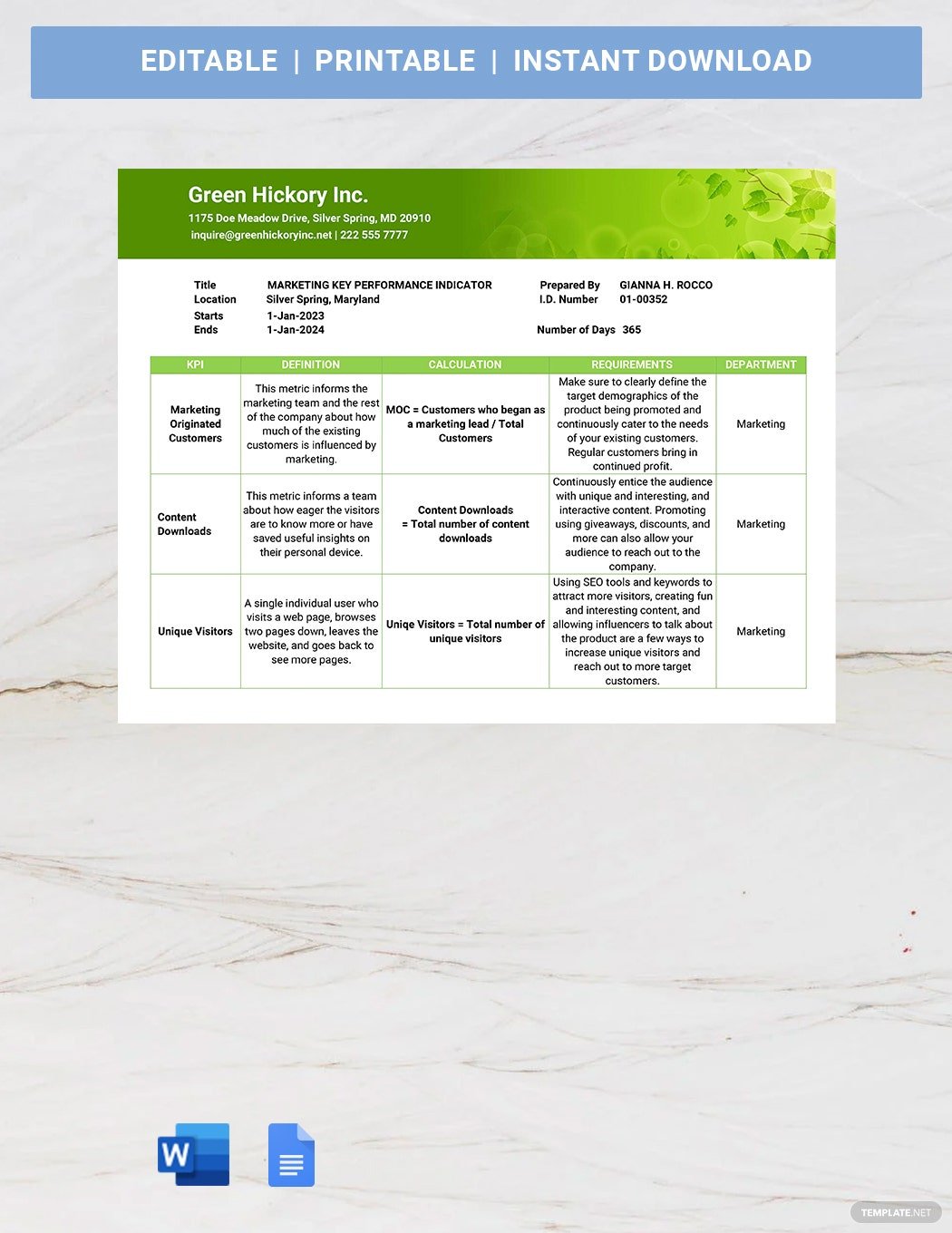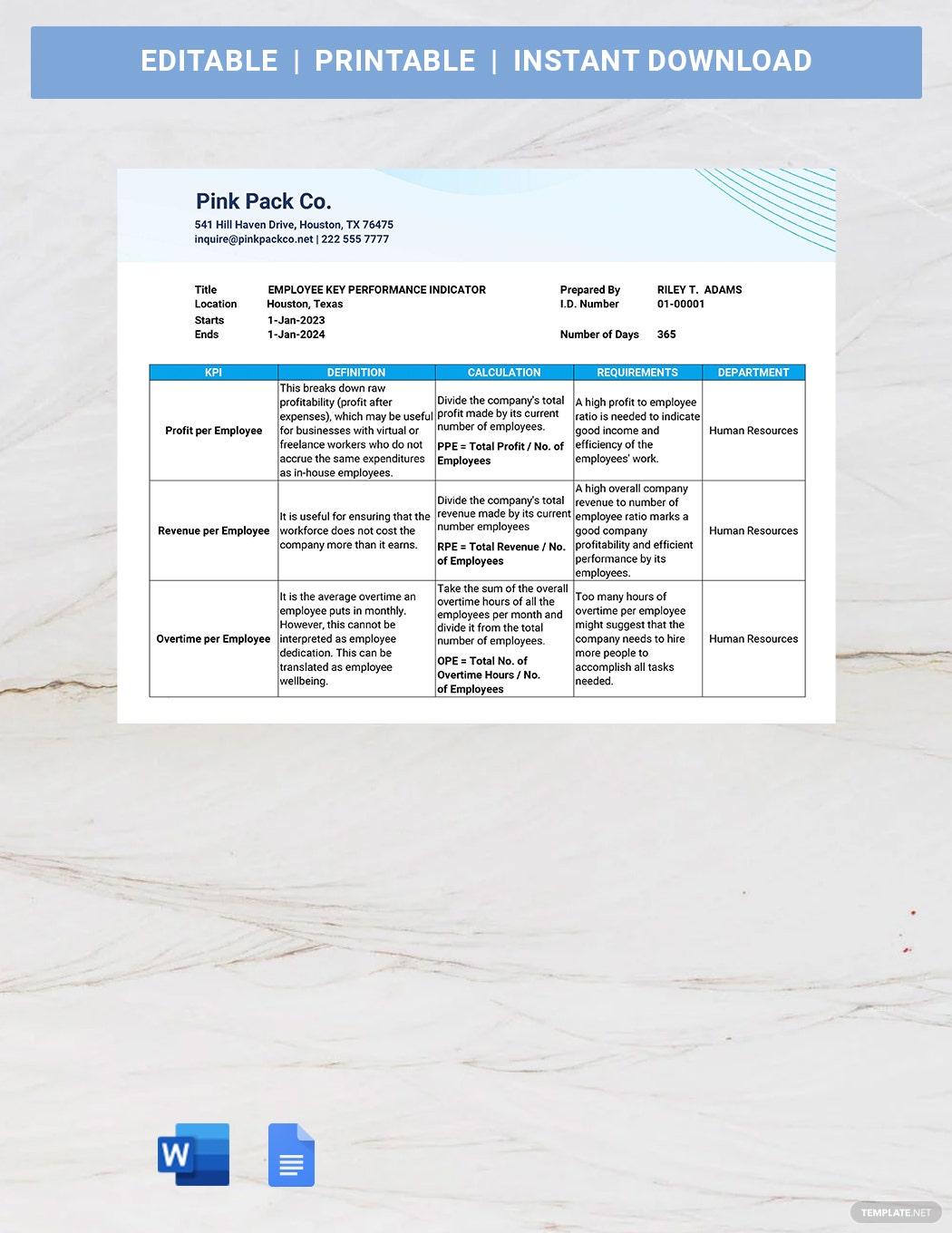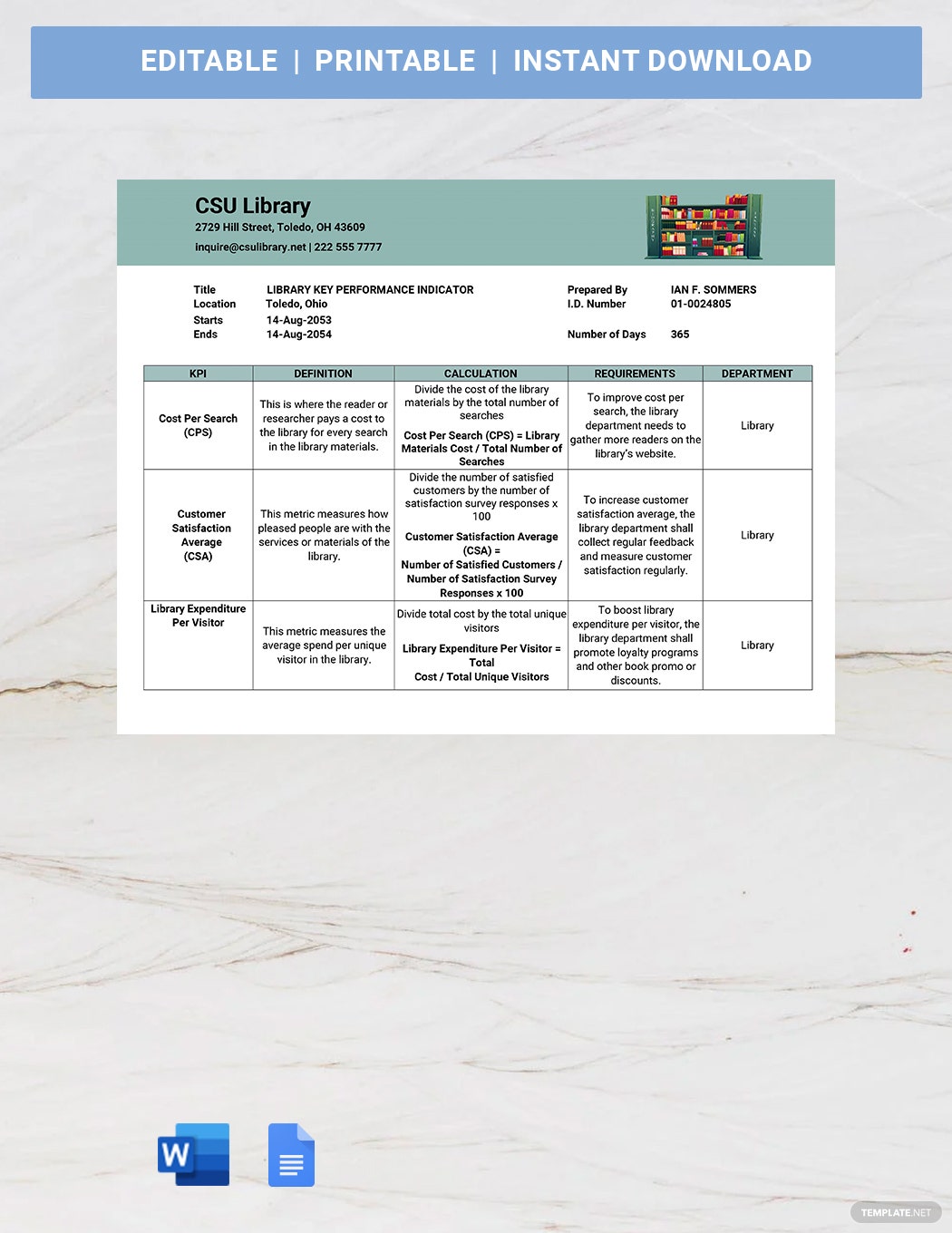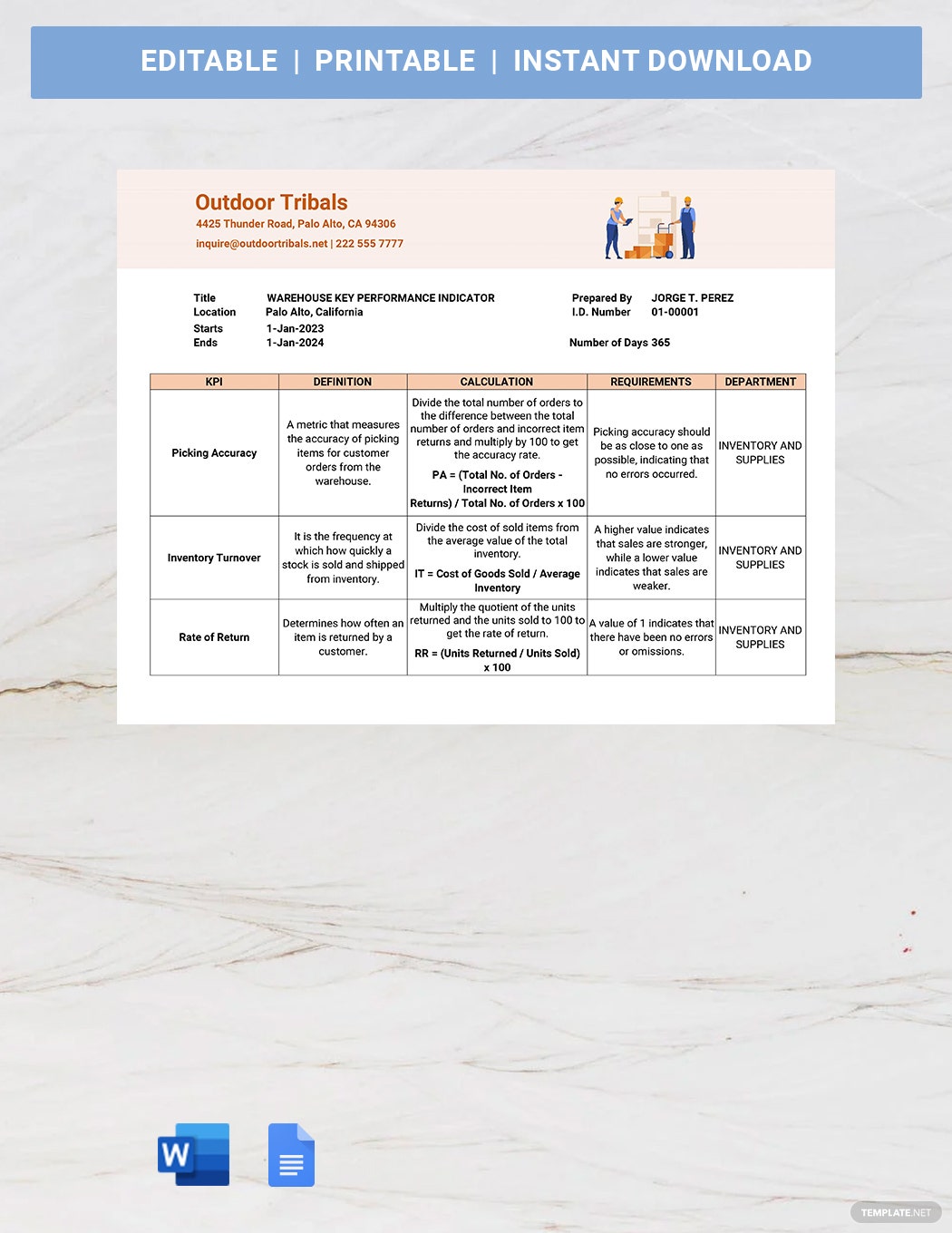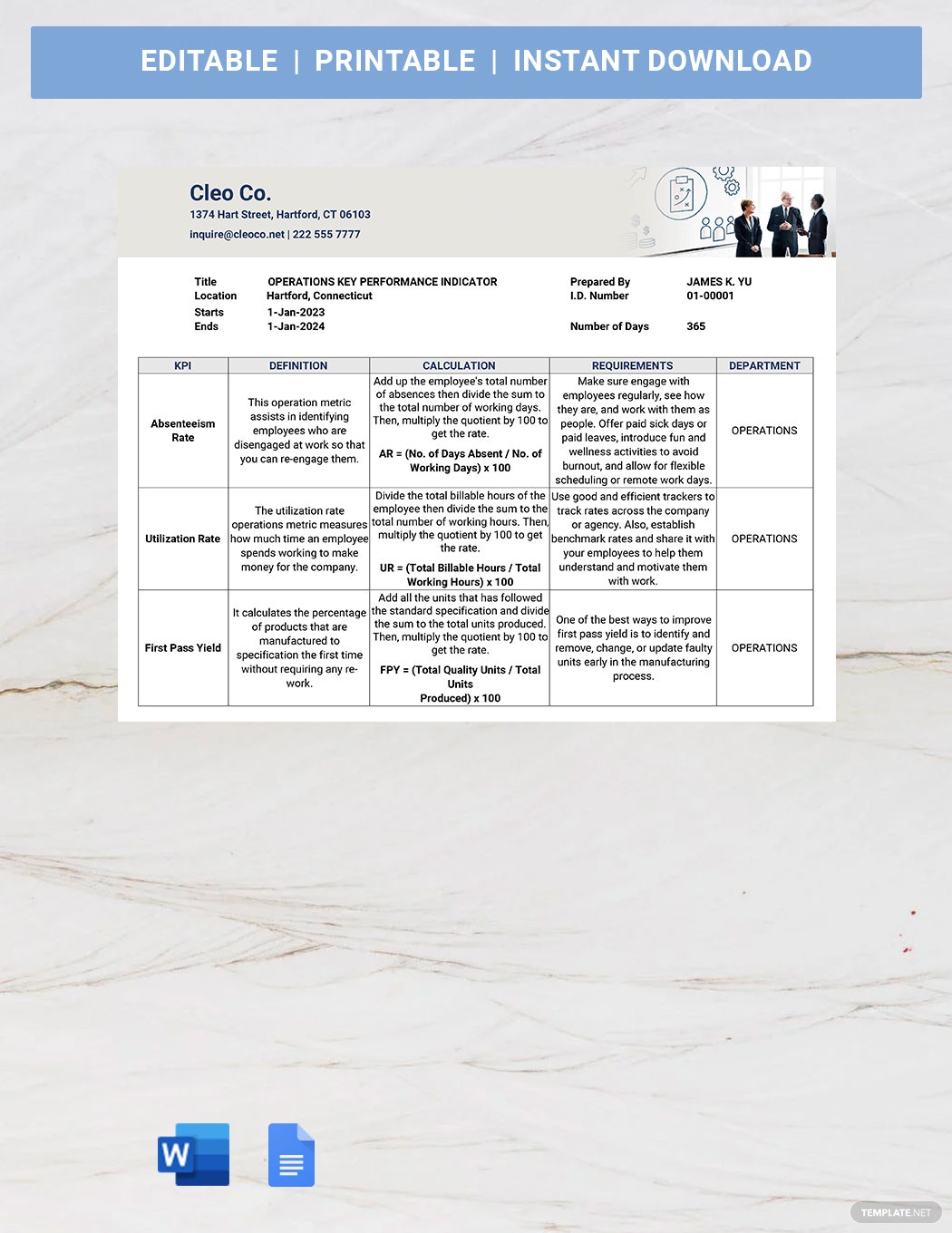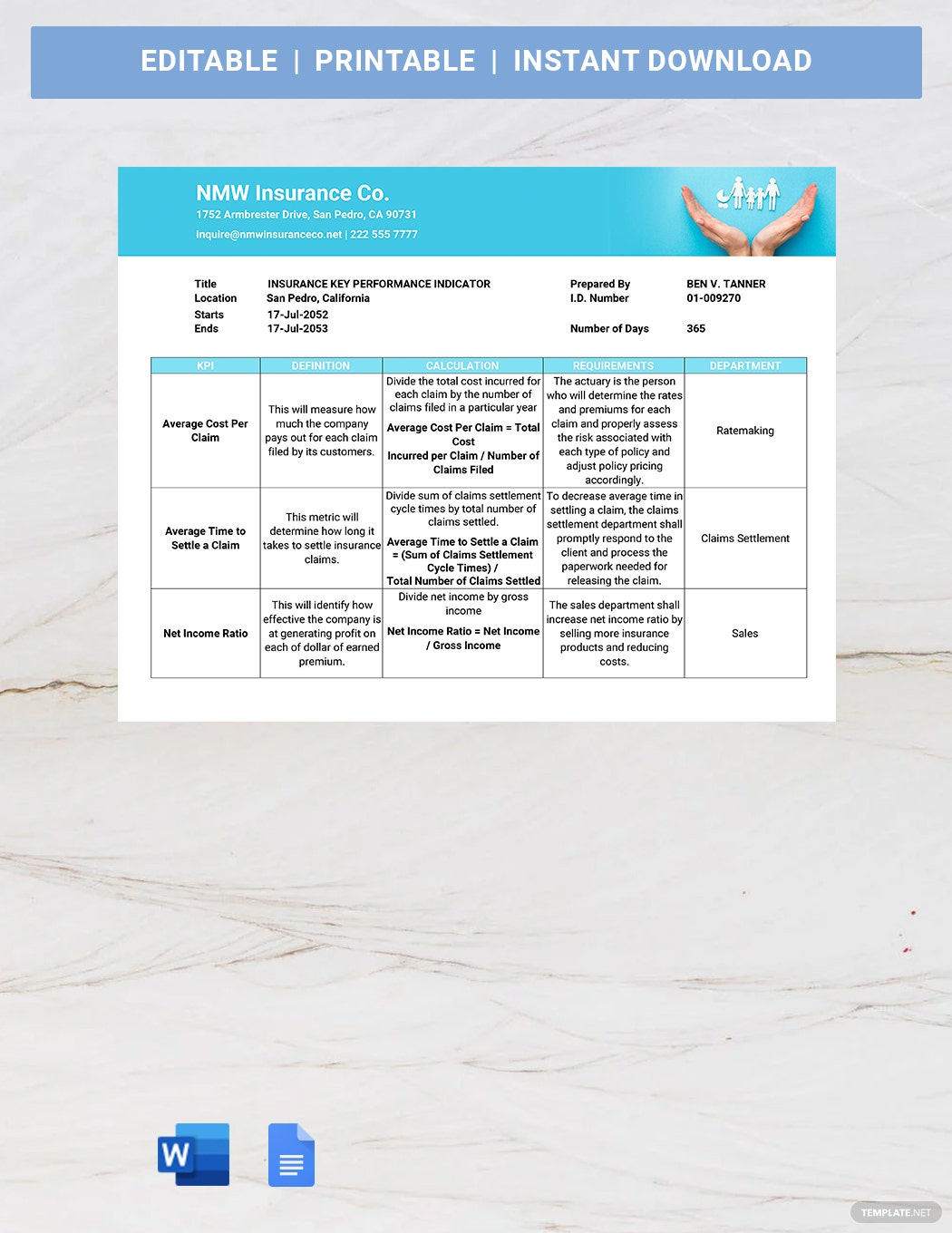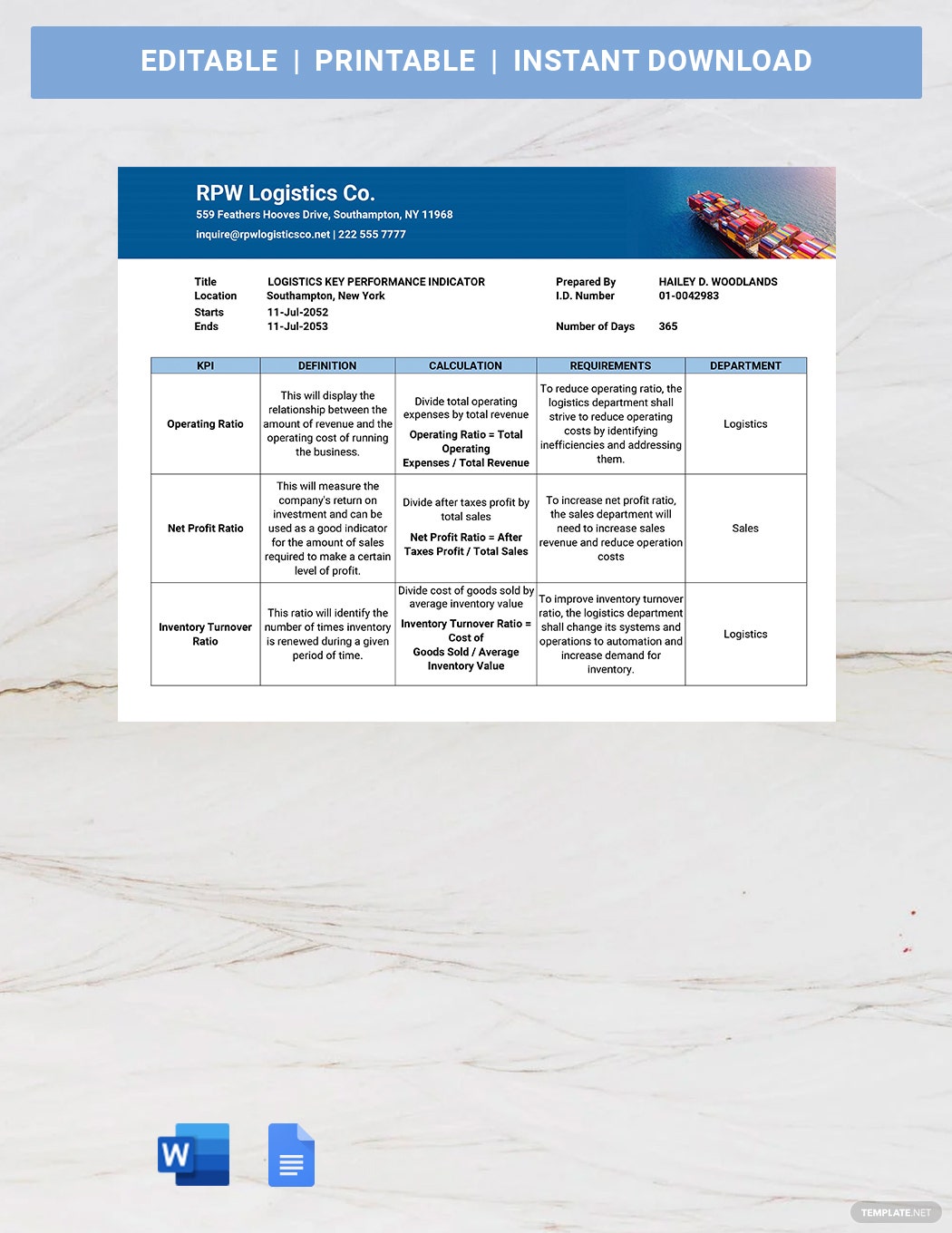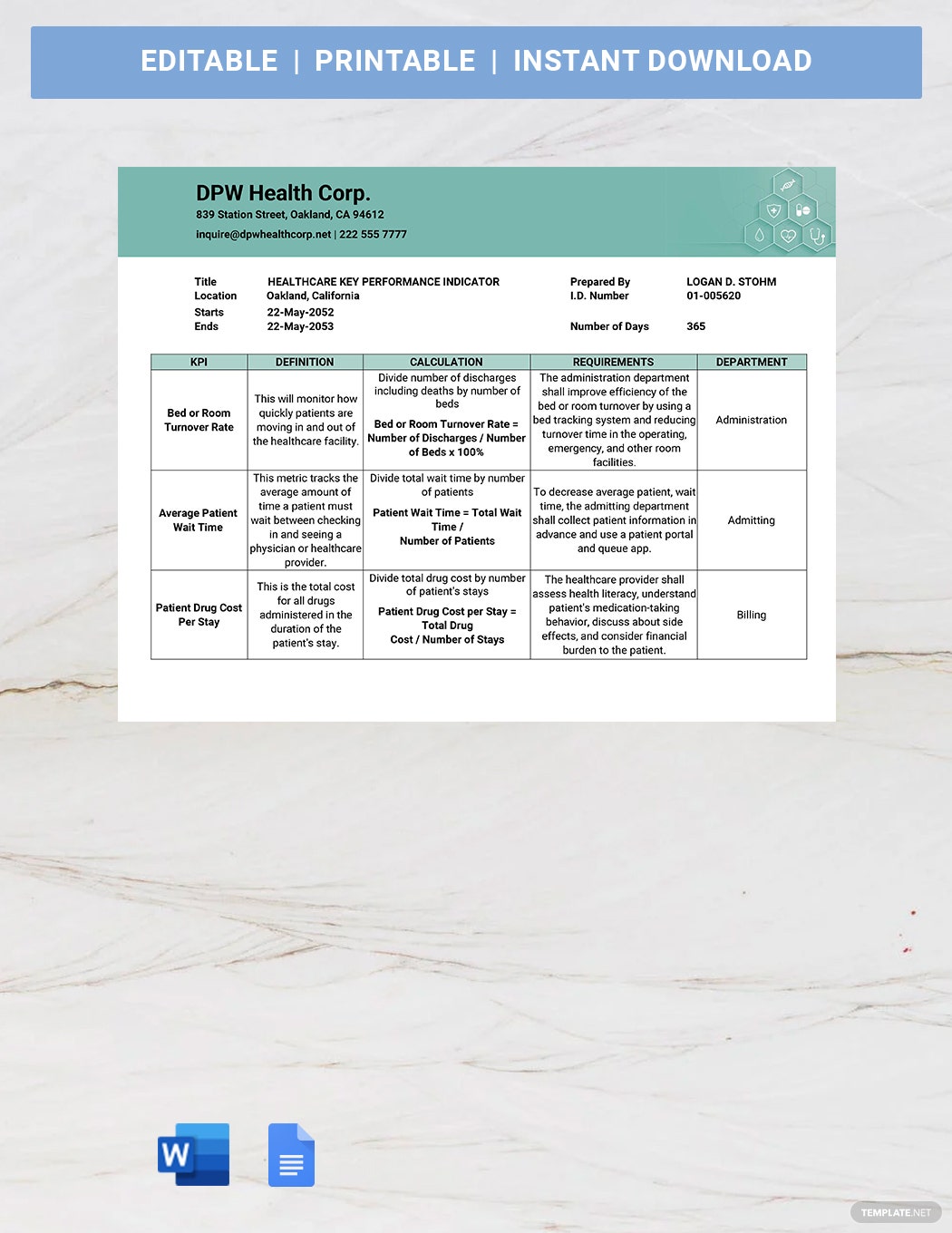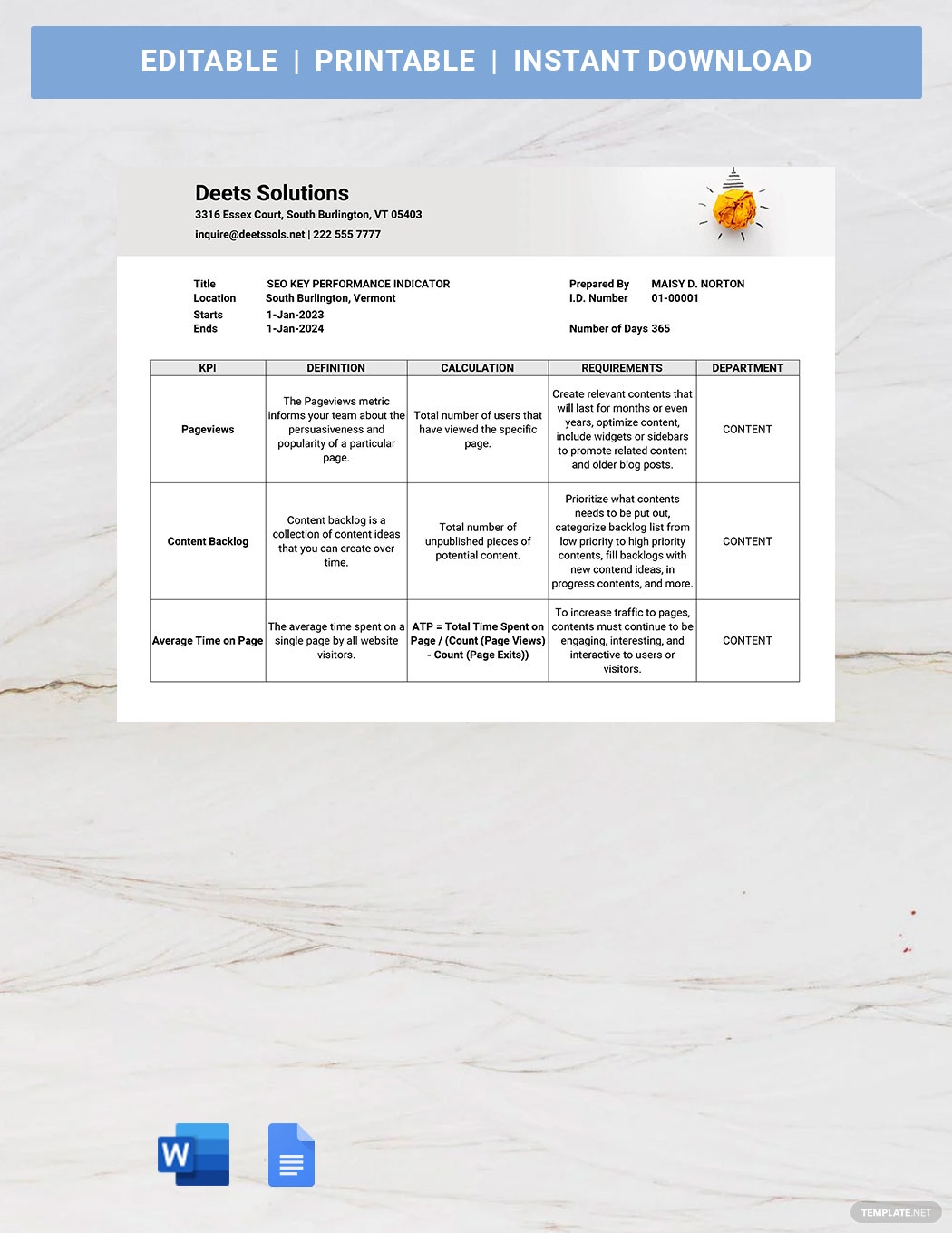Table of Contents
KPI
KPIs are no stranger in the corporate world, especially when it comes to making brilliant, robust, and effective business decisions. Standing for key performance indicators, KPIs are every company’s backbone to measure strategic, monetary, and operational successes as well as each organization’s very core to gauge deep-rooted performances.
KPI Definition & Meaning
KPI stands for key performance indicator, and it is a notable business measurement tool to check if you and your team are running successfully or have fallen short.
KPIs quantify a series of goals such as project management, customer service, quality assurance, procurement tracker, and many other primary objectives a business wants to keep up with.
What Is a KPI?
KPI is a quantifiable scale presented in a printed document or online spreadsheet that aims to keep organizations aware of how far or close they are to meeting their business goals. Treat the KPI as a transformative scorecard that isn’t only going to show you the metrics on how to accomplish goals but also determined to keep track of doing those goals may it be an individual performance or a company/team effort. Thanks to this special measurement design, every process gauged and prioritized in business will surely be relevant to the organization’s goals.
10 Types Of KPI
Marketing KPI
The marketing KPI lays out the many planned objectives to accomplish by a marketing team in a period. Whether the focus involves outbound marketing, digital marketing, direct marketing, public relations marketing, or any specific type of marketing, custom key performance indicators exist per marketing type. It is essential that your marketing activities go in line with the objectives set under the marketing KPI.
Employee KPI
One common example of a KPI is the employee KPI which sets out the detailed metrics necessary for employees of a company to meet the desired business goals. Employee KPIs often measure the profit per employee, revenue per employee, average task completion rate, employee capacity, utilization rate, and more. The employee KPI also checks how much of an impact the employees have performed to connect with your business expectations.
Library KPI
The library KPI is a quantifiable framework for evaluating the overall performance of a library. It is a must-have template for ensuring public, private, and educational libraries are closely monitored until top-quality performances are guaranteed over time. Library KPIs are responsible for gauging the skilled library staff, book supplies, service models, IT network infrastructure, and many more.
Warehouse KPI
Manufacturing, retail, third-party logistics, and other industries relying on warehouses would surely depend on measurable data coming from a warehouse KPI. Warehouse KPIs are the key to efficient warehouse management and they work as the scorecard or board of your warehousing operations. Expect to measure the product stocks, inventory accuracy, inventory cost, sales ratio, inventory turnover, and shrinkage in this type of KPI.
Operations KPI
Whether you run a hotel, mall, hospital, or any business, the operations KPI would come in handy for dealing with operational business developments on a short-term basis. The operations KPI tracks the daily operations of a business for close monitoring and analysis. Then, it is through this KPI that organizations identify if their operational strategies are working or not.
Insurance KPI
The insurance KPI is very crucial to the insurance industry because health-related decisions and essential business transactions are being highlighted here. The insurance KPI’s metrics likely include the net income ratio, claims ratio, average cost per claim, policy sales growth, and lots more. Use this particular KPI to gauge your insurance company and eventually make your business stand out against competitors.
Logistics KPI
You can’t go wrong with the logistics KPI when it comes to gauging performance out of the logistics department. All processes related to logistics such as purchasing, transportation, supply chain management, delivery, warehousing, and other financial aspects are tracked in this particular KPI. Also, the logistics KPI estimates the operating ratio, net profit ratio, inventory turnover ratio, and the like.
Healthcare KPI
Healthcare procedures and aspects are reckoned using the healthcare KPI. Often aiming to deliver high patient satisfaction and optimize hospital operations, healthcare KPIs mark as pre-defined measuring tools to ensure healthcare business objectives are met in the end. The healthcare KPI concerns the net profit margin, average patient waiting time, bed/room turnover rate, operating expenses, medical equipment usage margin, and more.
SEO KPI
Search engine optimization has its own robust SEO KPI, and this is what most marketing experts use to estimate website performance according to search results. SEO KPIs take note of the average engagement time, content efficiency, bounce rate benchmark, website ranking, visibility margin, and other related elements. Watch out for these search metrics to make sure that gathering traffic to your brand pays off as intended.
HR KPI
Quantifiable metrics concerning human resources belong to a specific type of KPI which is called the HR KPI. The HR department would benefit from this kind of KPI to apply HR strategies to the actual performance. For example, HR KPIs can trace the employee productivity rate, customer satisfaction rate, cost per hire, applications received per vacancy, absenteeism rate, and others.
KPI Uses, Purpose, Importance
Key performance indicators are a lifeline for both small and big businesses because these systems are concerned with business growth. It helps to take note that KPIs are not simply a list of business goals because there is more to know about these tools than what meets the eye.
Sets Clear Business Expectations
The outcomes expected to pursue in business are discussed in a KPI, such as when an employee needs a guide on what steps should be done to satisfy the expectations of an employer. Thankfully, KPIs answer what the desired business expectations are including how to make them happen in a realistic approach. Without the KPI, then it would be possible for anyone to continue working without even being sure if their performance aligns with the business goals.
Measures Actual Performance Regularly
A special feature of a KPI is its ability to calculate performance like in measuring the productivity rate of team members in an organization. You can depend on KPIs as a reference guide for closely monitoring the real-time performances of employees because you can never really tell if everyone is performing well as intended without really checking it out yourself. At least any person or aspect detailed in the KPI will be gauged meticulously so that no one will be too complacent about performances at work.
Optimizes the Delivery of Performances
Don’t limit a KPI’s function to monitoring only because this tool also leads to making an improvement plan such as the steps on how to deliver top-notch performances next time. After seeing the business flaws and performance results while monitoring the KPI, you can eventually find out what the recommended performances are to deliver the desired business outcomes. Constructive criticisms and feedback are usually provided so that any area in business will improve continuously.
Collaborates with Many Data Analysis Tools
A single KPI document can work with so many data analysis tools such as bar graphs, production charts, sales trackers, etc. You can even integrate a KPI with graphics rather than a full-text document like a PNG logo, software symbol, business icon, data infographic, or any other design worth presenting in a KPI. Collaborations also include using other programs to set up KPIs such as Microsoft Excel, PowerPoint, Tableau, etc.
Functions for Ubiquitous Purposes
The KPI matters to all sorts of businesses, meaning you can expect a wide range of functions for this measurement tool. You may categorize KPIs according to strategic KPIs, operational KPIs, functional KPIs, or leading/lagging KPIs. Also, the main focus of KPIs varies from one purpose to another because you may reckon the financial metrics, customer metrics, process performance metrics, marketing KPIs, IT KPIs, staffing KPIs, or sales KPIs.
What’s in a KPI? Parts?
Performance Measure
The performance measure refers to a predetermined set of criteria used for checking if business goals run according to plan and if no KPI would work properly without this essential component. Performance measures track the estimate-at-completion (EAC) budget cost, inception-to-date (ITD) forecast revenue, prior period margin percentage, period-to-date (PTD) variance, quarter-to-date (QTD) variance, and year-to-date (YTD) variance.
Performance Status Indicator
The performance status indicator tells you the subject, project, or area of concern’s status in case performance is in good shape or severe. These indicators normally tell you if the performance is considered critical, severe, at risk, on track, or ahead; thus, it is easier to determine the right actions to solve issues in business.
Performance Trend Indicator
A performance trend indicator displays if the KPI value trends are developing or getting worse. Performance trend indicators are effective when it comes to determining what the advantageous and disadvantageous impacts of performance are.
Threshold Level
In the concept of KPIs, threshold levels refer to every potential value made in a KPI. That means if a value of KPI exceeds the predetermined threshold levels, the nearest threshold would be how you check the status of your KPI.
Tolerance Percentage
Use the tolerance percentage for comparative analysis, especially between the value of the previous KPI and the latest value showing whether a performance trend is improving, declining, or remaining stagnant. Thanks to the tolerance percentage, you can make an educated conclusion while monitoring.
How to Design a KPI
1. Use an appropriate KPI Size
2. Determine your purpose in creating the KPI
3. Customize a KPI Template
4. Add the standard components of a KPI
5. Set an easy-to-follow design and format for your content
6. Save your whole work
KPI vs. Metrics
KPI is the ultimate quantifiable action plan reflecting business goals that use various metrics.
Metrics refer to the numerical measurement tool that gauges the progress or performance of a business.
What’s the Difference between a KPI, OKR, and Dashboards?
KPI consists of quantitative metrics to track the business goals and lean to the desired successes of a business.
OKR stands for objectives and key results, and it is a streamlined goal-setting framework that guides users to accomplish specific goals.
Dashboards refer to a graphic representation of your data, meaning a dashboard is a visual-oriented way to present information rather than a document mainly littered with text.
KPI Sizes
A KPI’s document size varies a lot from one example to another because besides the table of key performance indicators in your file, it can also display the KPI dashboard, graphic metric system, and lots of other related data. A single KPI file may house a plethora of information; nonetheless, standard KPI sizes are categorized according to a KPI review, report, or presentation.
| Type | Format/Dimension |
Inches/Pixels |
| KPI Review | A4 | 8.3” x 11.7” |
| KPI Report | Letter | 8.5” x 11” |
| KPI Presentation | 16:9 | 1920px x 1080px |
KPI Ideas & Examples
KPI applies to almost any type of industry so don’t simply limit its function to one type of business. As there are plenty of different businesses out there from sales, and social media, to information technology, the same various examples apply to the many KPI ideas and examples out there.
- Sales KPI Ideas and Examples
- Ecommerce KPI Ideas and Examples
- Social Media KPI Ideas and Examples
- Maintenance KPI Ideas and Examples
- Call Center KPI Ideas and Examples
- IT KPI Ideas and Examples
- FMCG KPI Ideas and Examples
- Department KPI Ideas and Examples
- KPI Report Ideas and Examples
- Recruitment KPI Ideas and Examples
FAQs
What should a KPI always contain?
KPIs have five main parts which are the performance measure, performance status indicator, performance trend indicator, threshold level, and tolerance percentage.
What are the key elements of KPI?
Key elements of KPI may vary from one business to another but these usually consist of revenue growth, revenue per client, profit margin, client retention rate, and customer satisfaction.
What is a KPI life cycle?
A KPI life cycle is a pattern consisting of the definition, collection, set composition, implementation, and assessment.
How do you set KPIs?
Set KPIs by observing SMART goals, and they refer to business goals that are specific, measurable, attainable, relevant, and time-bounded.
What KPIs should you be tracking?
The top three KPIs that you should always track are revenue, employment statistics, and customer service.
What makes a KPI effective?
An effective KPI is quantifiable, straightforward, and easy to accomplish.
What is a KPI checklist?
A KPI checklist is basically like your average checklist except it is used only when measuring key performances in business.
Why do KPIs fail?
KPIs often fail when they are no longer measurable, and that explains why the SMART framework is needed while formulating the KPI.
How many KPIs should a company have?
A company is recommended to have at least four to 10 KPIs.
What are KPI metrics?
KPI metrics refer to the quantifiable measurement tool that is used to keep track of an organization’s progress or performance.





